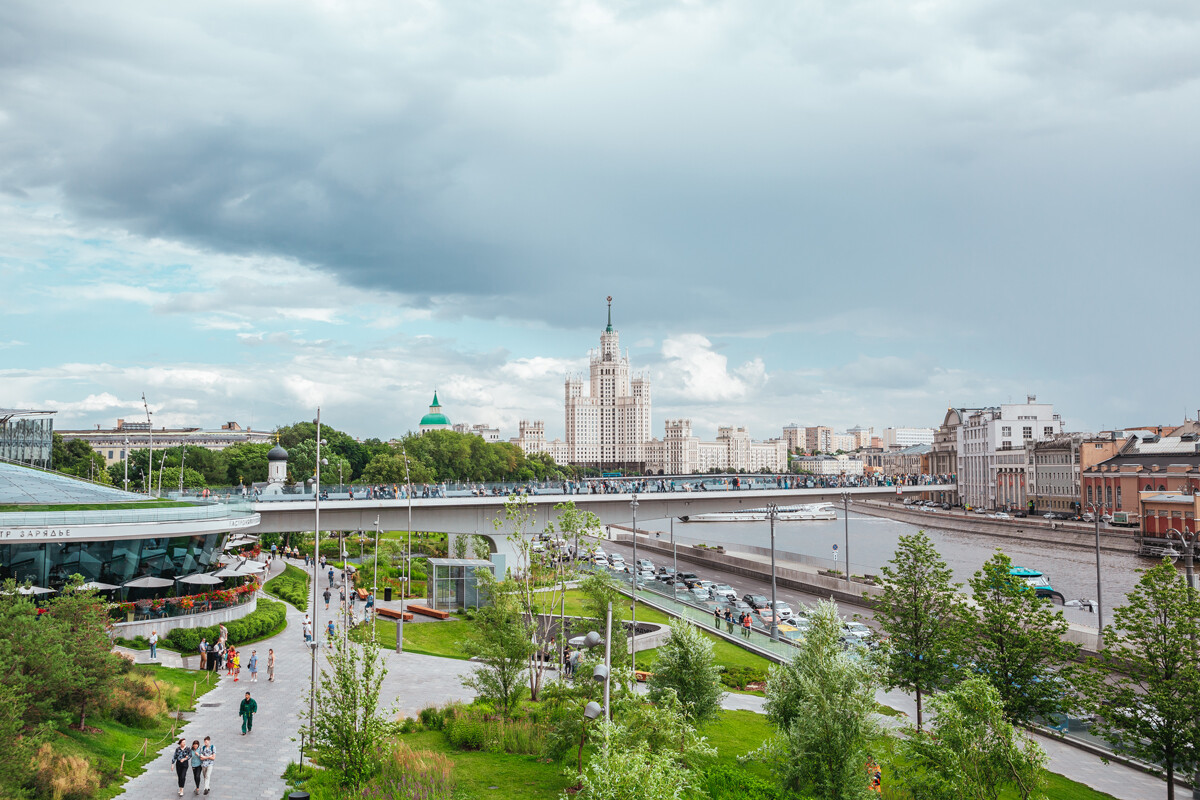
This once vast area near the Kremlin was idle for a long time as a fenced-off building site. In Soviet times, the huge ‘Rossiya’ hotel stood there, but it was subsequently demolished in 2007 and, after many ideas were considered, including expanding the area into another business cluster with the help of architect Norman Foster, a design competition for a public park project was announced by the City of Moscow and Chief Architect Sergey Kuznetsov. The winner, U.S. design studio ‘Diller Scofidio + Renfro’, completed it for the 850th anniversary of the foundation of Moscow in 2017.
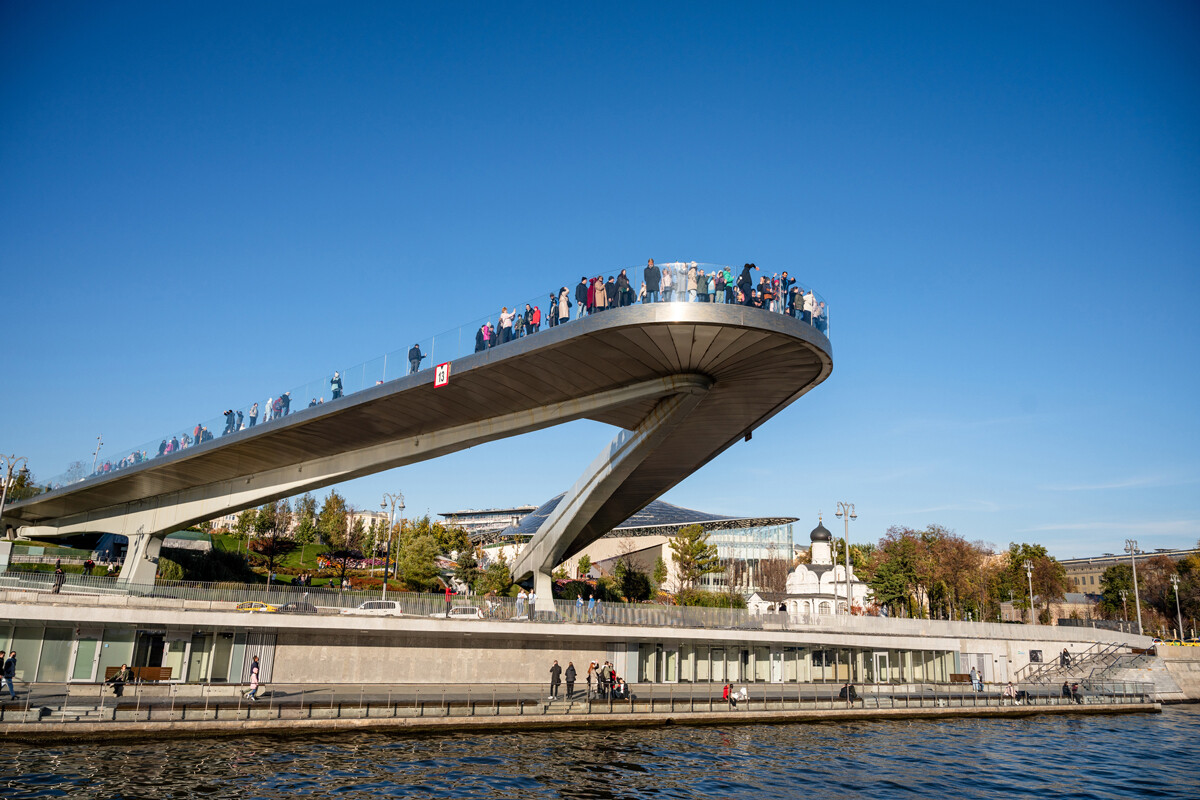
The floating bridge in Zaryadye
sankai/Getty ImagesThe park is divided into Russia's native climate zones, each recreated with the help of landscape design and flora from that region. There are coniferous forests, as well as a tundra with moss and lichen, meadows, steppes and birch groves. The park also has an underground museum, an “ice cave” and both indoor and open-air performance venues. And the key attraction is a soaring boomerang bridge that literally hovers over the River Moskva.

Until recently, the tallest building in St. Petersburg was the Peter & Paul Cathedral, one of the city's first buildings – its height, including the iconic spire, is 122.5 meters. But, in 2018, it was surpassed by a much taller competitor – the 462-meter Lakhta Center tower. Currently, it is the tallest building in Russia and Europe, as well as the northernmost skyscraper in the world! The project was designed by British architectural firm RMJM. Read more about the Lakhta Center here.
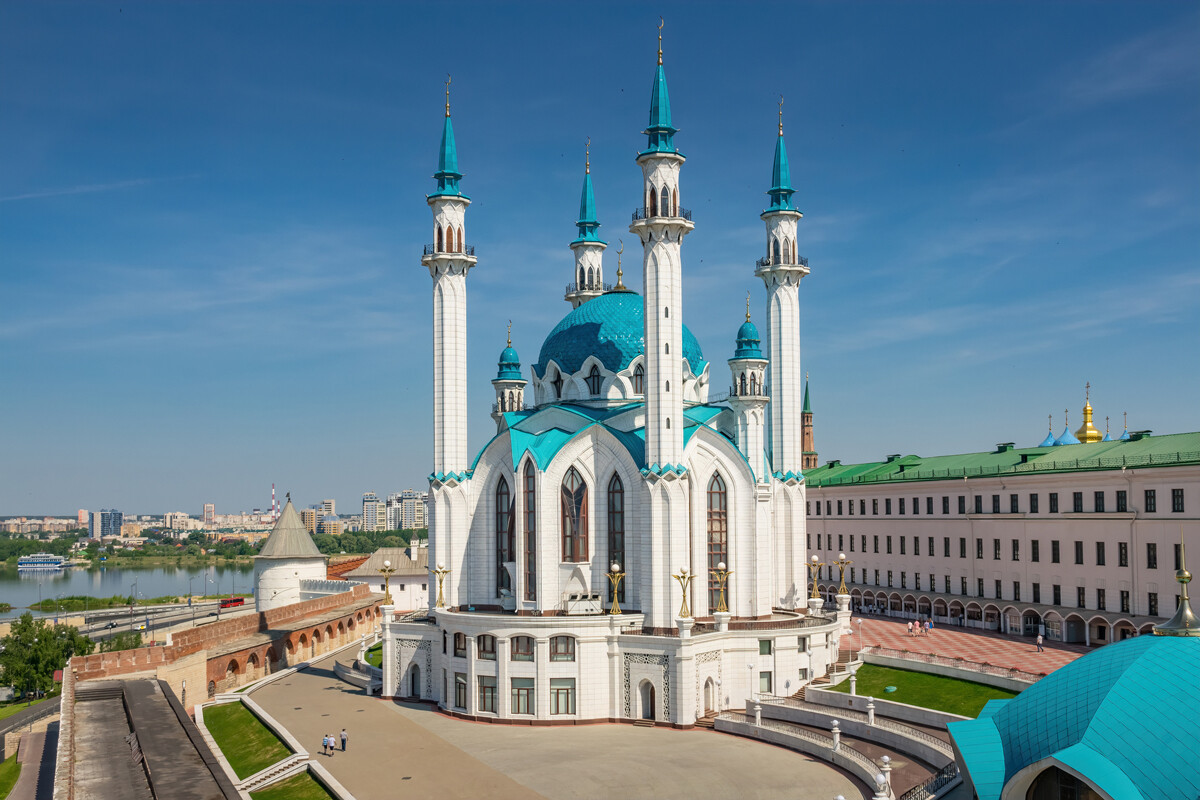
The mosque was formally inaugurated in 2005 – for the 1,000th anniversary of the foundation of Kazan. Its construction is a tribute to Tatarstan's history and culture. Once, a historic mosque stood in the center of Kazan, but, in 1552, Ivan the Terrible's troops took the city and destroyed it. Many defenders died, including Imam Kul Sharif. The new mosque was named after him. The interior is decorated with granite, marble, stained glass and stucco with an abundance of gilding, in visual reference to the ‘Kazan Cap’, the royal crown of Ivan the Terrible, made for him after he conquered Kazan.
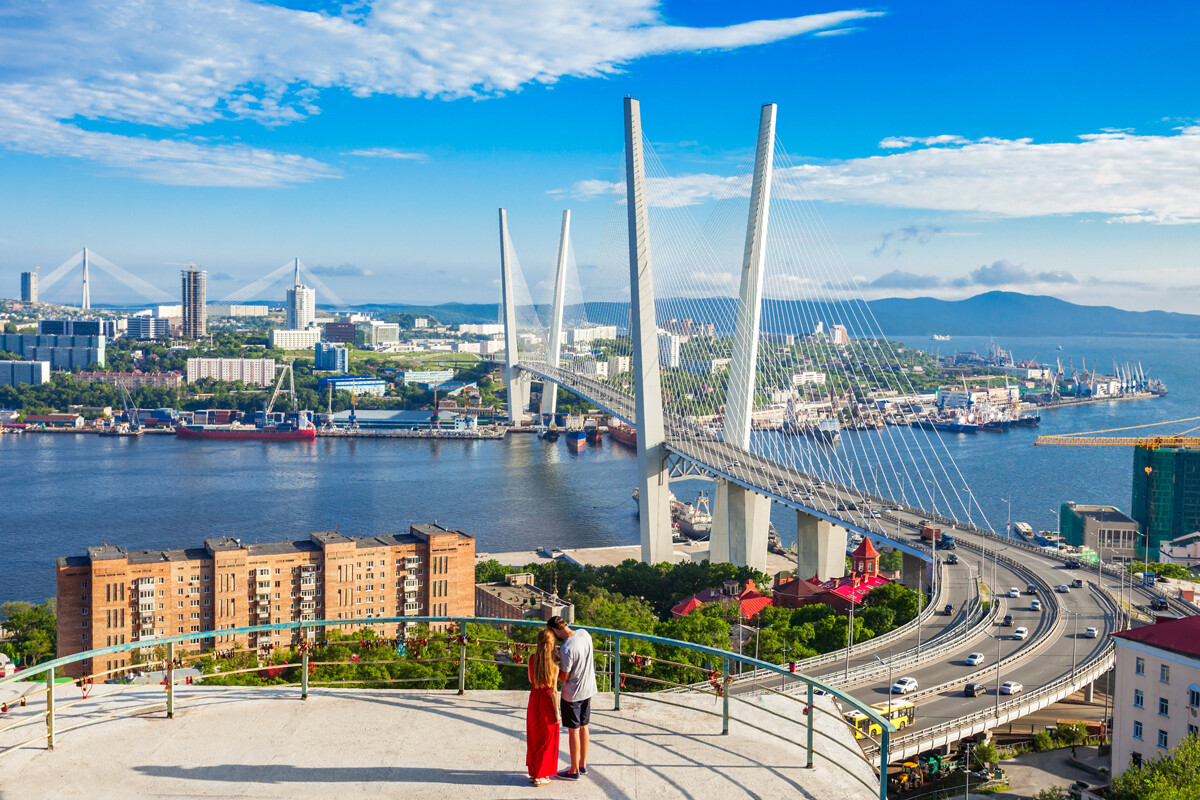
Zolotoy bridge across the Zolotoy Rog (Golden Horn) bay
saiko3p/Getty ImagesUnder Soviet rule, Vladivostok remained a closed military port city for a long time. After the collapse of the USSR, anyone was allowed to go there, including foreign visitors. The apogee of openness came in 2012, when Russky Island, located one kilometer from Vladivostok, hosted an APEC summit.
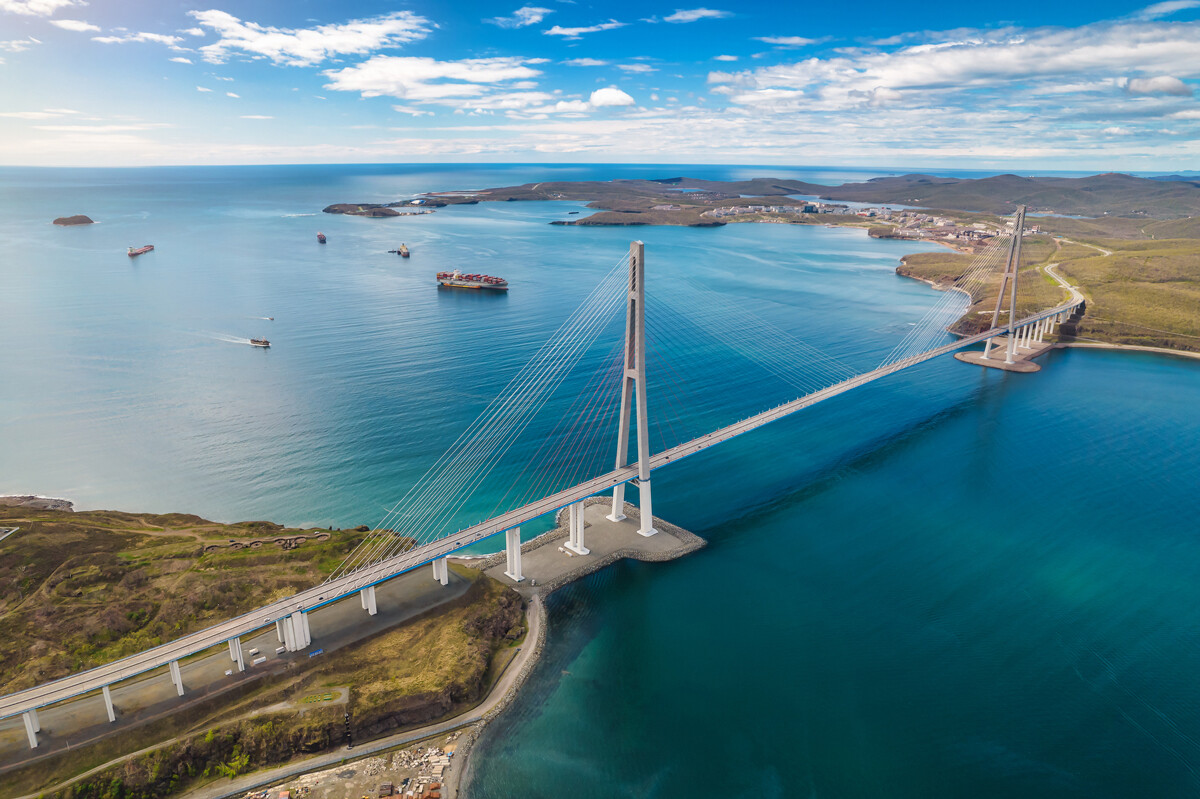
Russky bridge connecting the Russky Island and the Muravyov-Amursky Peninsula in Vladivostok
Dmitrii Sakharov/Getty ImagesThe epic cable-stayed Russky Bridge connecting the island to the city and the Zolotoy Bridge across Zolotoy Rog (‘Golden Horn’) Bay were specifically built for the event. Both bridges are now iconic city landmarks and the Russky Bridge even features on the new 2,000-ruble banknote.

The Ivolginsky Datsan monastery in the Republic of Buryatia is one of the centers of Buddhism in Russia. It was founded in 1945, when, after many years of anti-religious suppression, the Soviet authorities softened their stance. Temples and other ceremonial structures gradually sprang up there. In 2002, an important relic was brought to the datsan – the undecayed body of Lama Dashi-Dorzho Itigilov, who adopted the lotus position to meditate in 1927 and, according to Buddhist teaching, entered Nirvana. His body remains in the lotus position to this day and a separate sacred building was erected for him in 2008 – the Palace of Hambo Lama Itigilov. Read more about Dashi-Dorzho Itigilov here.

A unique event occurred in 2014 – the Winter Olympics were held in a subtropical zone for the first time. A one-of-a-kind winter sports infrastructure was constructed in the mountains at Krasnaya Polyana and, in a real feat of engineering, a new road was even drilled through the mountains. An Olympic Park with several ice rinks and stadiums was also built right next to the Black Sea, the main feature of which is a giant “singing” fountain. And all this against the backdrop of the sea and palm trees! In 2018, the Fisht Stadium also hosted matches in that year's FIFA World Cup which was held in Russia.
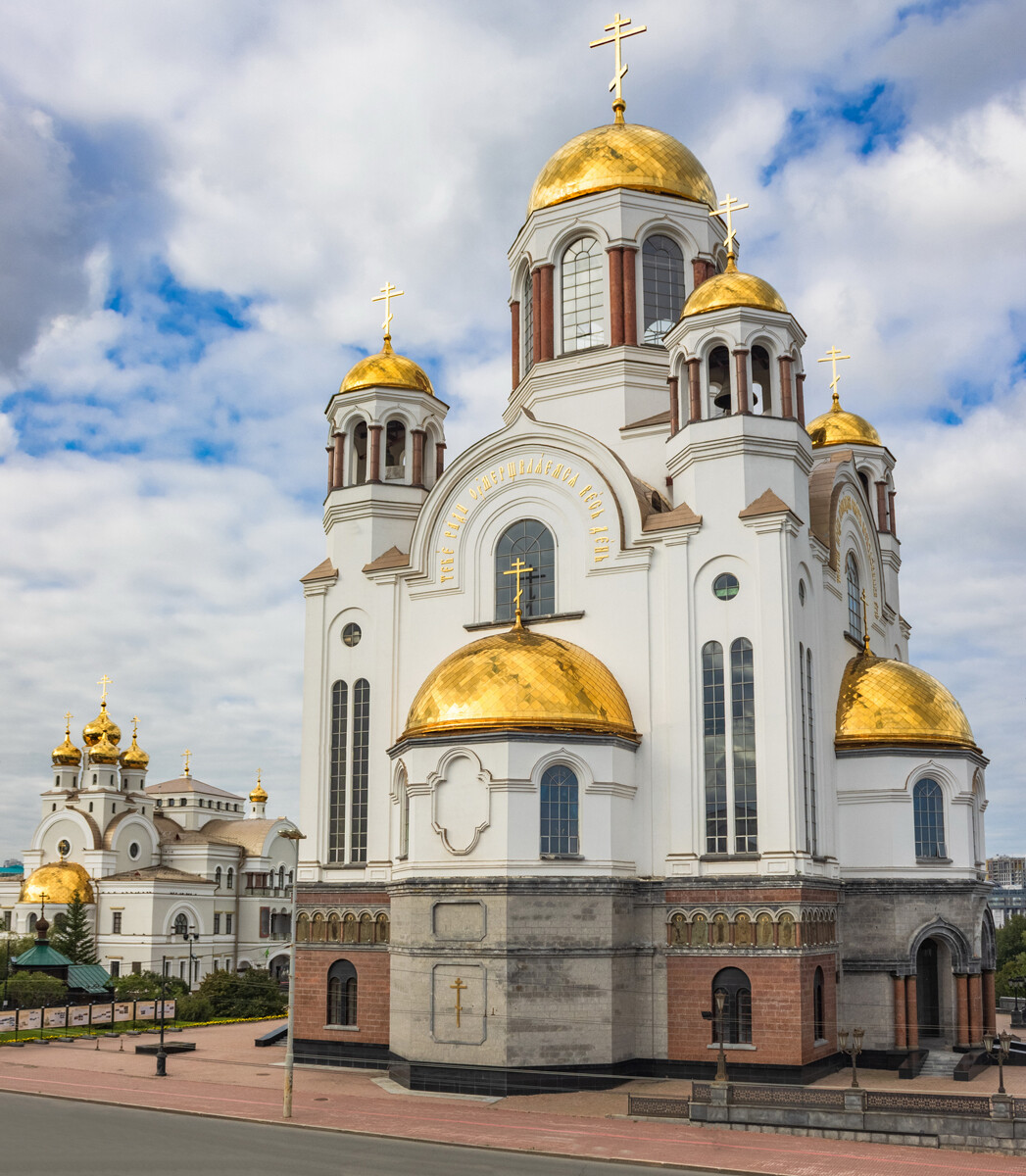
After the disintegration of the USSR, Russia started reassessing its historical past and the mistakes of the Soviet authorities. Special attention was given to the memory of the murdered family of Emperor Nicholas II. On the site of the Ipatiev House in Yekaterinburg, in the basement of which the tragedy was played out, the Church on the Blood was built in the early 2000s. It is dedicated not just to Nicholas and his family, who had by then been canonized as saints, but to all the saints of Russian lands. Today, this Orthodox Church in neo-Byzantine style is one of the city's main landmarks.
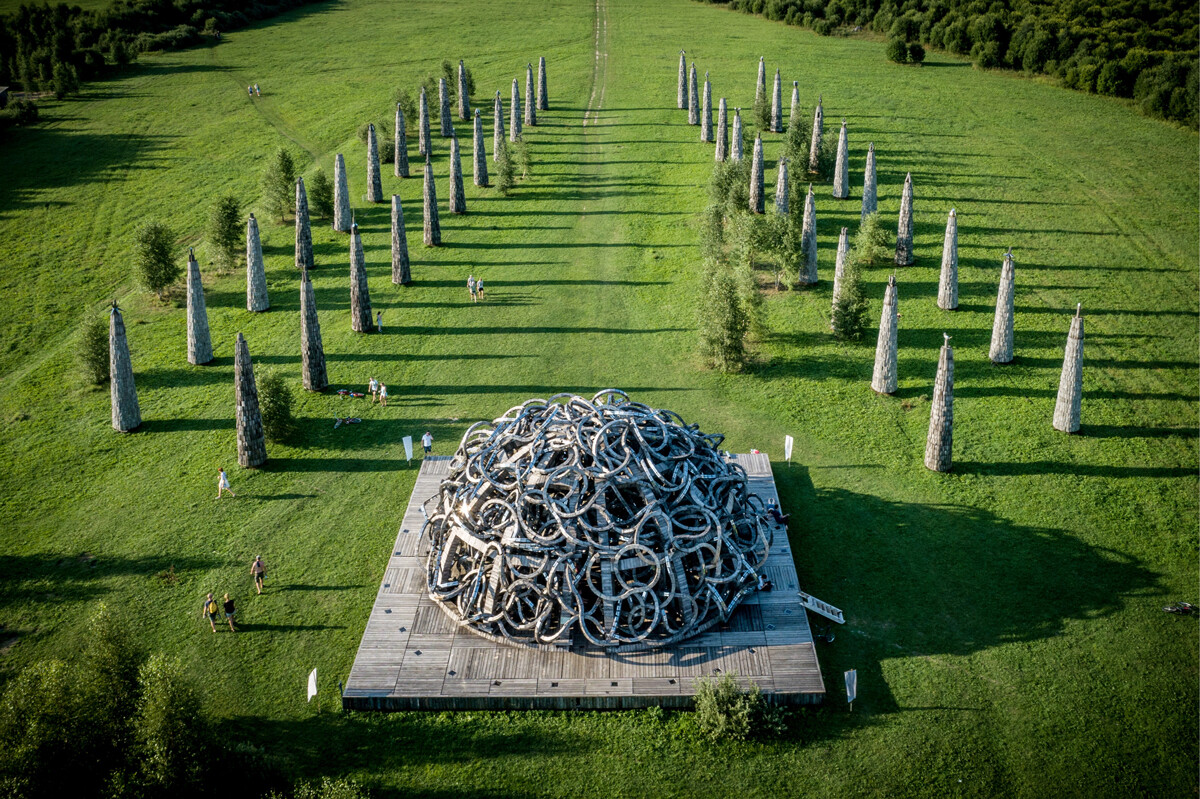
A nature park with works of land art made of local natural materials, predominantly wood, was opened in Kaluga Region in 2010. It came about through the efforts of artist Nikolay Polissky. The ‘Arkhstoyanie’ festival takes place there almost every year. After each event, a series of new architectural objects appears on the site that can be regarded just as much as art as architecture. You can read about the main exhibits in the park here.

A memorial to the soldiers who fell in one of the bloodiest battles of World War II – the Battle of Rzhev – was inaugurated in Tver Region in June 2020 (you can read more about the battle here). From October 1941 to March 1943, the Red Army lost more than 1.3 million men, including wounded, missing in action or taken prisoner. At the center of the memorial is a 25-meter bronze statue of a Soviet soldier whose trench coat "morphs" into a flock of cranes. The reference is to one of the most popular and poignant songs about the war, 'Zhuravli' ('The Cranes'). It was composed by Yan Frenkel to lyrics by Rasul Gamzatov.
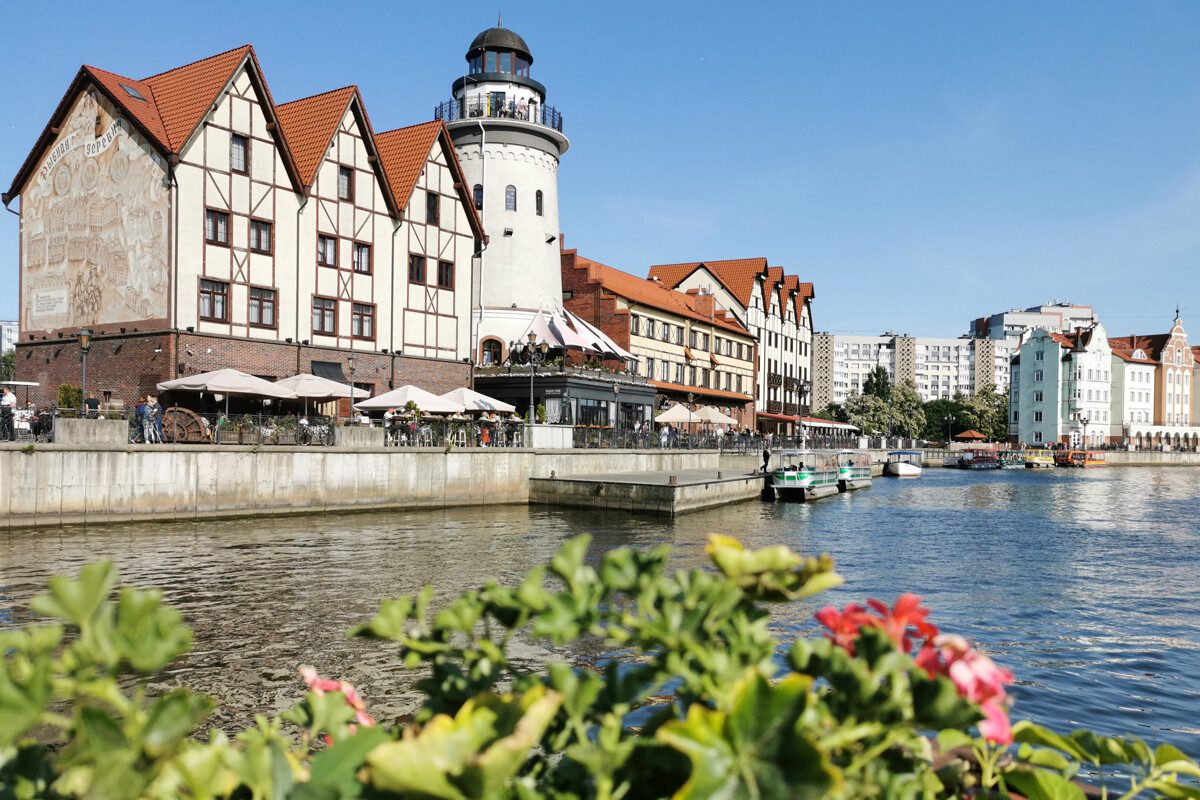
Not far from Kant Island – the site of one of the city's main sights, the cathedral – a whole tourist district was built in the 2000s. Until World War II, Kaliningrad was the Prussian city of Königsberg, so the theme of the architecture of the new "village" reflects the historical Prussian building style. And the name is a nod to the fishing past of the inhabitants of this area. You can find everything from unusually-designed hotels, delicious fish restaurants and also the beautifully renovated embankment along the Pregolya River.
Dear readers,
Our website and social media accounts are under threat of being restricted or banned, due to the current circumstances. So, to keep up with our latest content, simply do the following:
If using any of Russia Beyond's content, partly or in full, always provide an active hyperlink to the original material.
Subscribe
to our newsletter!
Get the week's best stories straight to your inbox